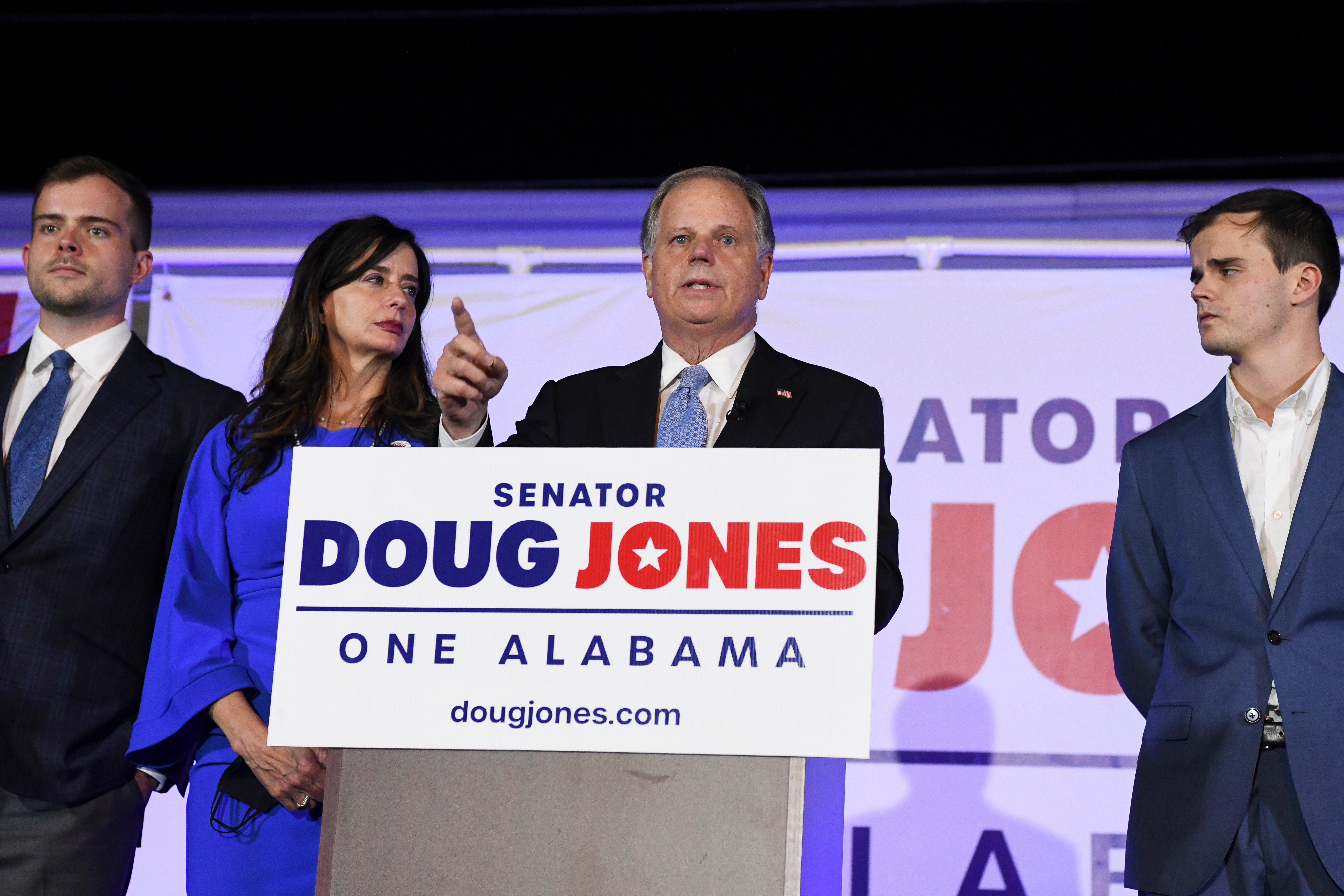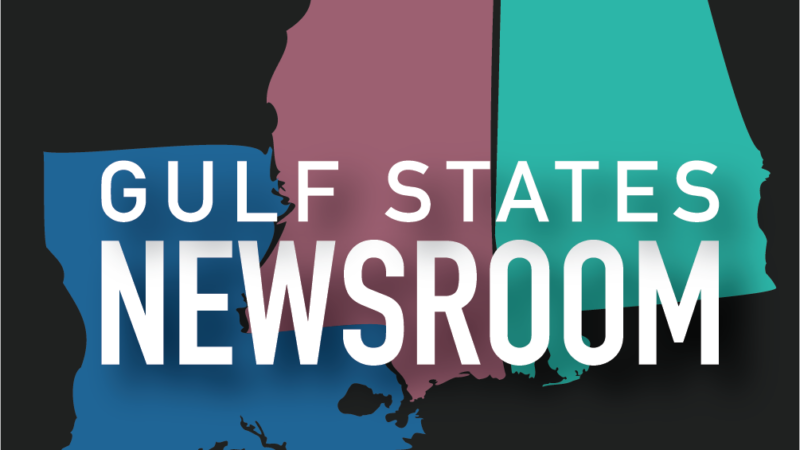Federal judge appears likely to temporarily halt Trump’s sweeping government overhaul
A federal judge in San Francisco appeared ready to temporarily block the Trump administration’s sweeping overhaul of the federal government.
U.S. District Judge Susan Illston, a Clinton appointee, held a hearing Friday in a lawsuit filed by a coalition of labor unions, nonprofits and local governments, who argue in their complaint that President Trump’s efforts to “radically restructure and dismantle the federal government” without any authorization from Congress violate the Constitution.
Illston appeared to agree with the plaintiffs, asserting in the hearing that Supreme Court precedent makes clear that while the president does have the authority to seek changes at agencies, he must do so in lawful ways. She went on to say that critical transformations of the type Trump is attempting to carry out “must have the cooperation of Congress.”
Plaintiffs were seeking a temporary restraining order to pause further implementation of the administration’s planned mass layoffs. Temporary restraining orders cannot be appealed, but the government would be expected to appeal any injunction the judge could issue later on.
Illston said a temporary restraining order was likely necessary “to protect the power of the legislative branch.” She noted that in his first term, Trump did in fact seek Congress’ approval for similar restructuring plans.
“He could have done that here, but he didn’t,” Illston said.
The case is just the latest in a string of court battles testing the limits of Trump’s executive authority.
In court filings, his administration has argued that he has “inherent authority” to exercise control over those executing the nation’s laws.
The government argued a temporary restraining order was inappropriate
In court on Friday, the Trump administration’s lawyer, Deputy Assistant Attorney General Eric Hamilton, argued the plaintiffs’ request for a temporary restraining order was inappropriate given how much time has lapsed since Trump first signed an executive order to reshape the government.
“Plaintiffs are not entitled to any TRO because they waited far too long to bring this motion and any ’emergency’ is thus entirely of their own making,” he and other attorneys wrote in an earlier court filing.
The plaintiffs’ attorneys have argued that only now have they been able to ascertain what agencies are doing to carry out Trump’s directives, given the secrecy with which his administration has been operating.
“They’re trying to insulate from judicial review an unlawful set of instructions by not making public how they’re being implemented,” plaintiffs’ lawyer Danielle Leonard told the court on Friday.
Hamilton also argued — as the government has in numerous other cases involving federal employees — that the court lacks jurisdiction to hear the case. Instead, matters involving personnel issues within the federal government must be brought to the bodies Congress created to hear such complaints, he said.
Judge Illston appeared unpersuaded by that argument, questioning Hamilton over whether the matter at hand — a radical overhaul of the entire government — was one Congress intended to go through those administrative channels.
Seeking a halt to mass layoffs and shuttering of programs
The plaintiffs — which include the American Federation of Government Employees and several of its local branches, the American Public Health Association and the cities of Chicago, Baltimore and San Francisco — had asked the court to find Trump’s Feb. 11 executive order directing agencies to prepare for mass layoffs and shutter programs unlawful, and to temporarily stop agencies from implementing their restructuring plans — including issuing reduction-in-force (RIF) notices and closing offices.
Already, the plaintiffs’ lawyers argued, agencies including the Departments of Health and Human Services and Veterans Affairs are executing plans “not based on their own independent analysis or reasoned decision-making” but instead in accordance with the president’s executive order and accompanying instructions from Elon Musk’s DOGE team, the Office of Personnel Management and the Office of Management and Budget.
The Trump administration has defended the executive order, arguing it merely provides direction in very broad terms, while making clear any actions taken must be “consistent with applicable law.”
“This type of directive is a straightforward way for a President to exercise his undoubted authority to require a subordinate agency to determine what the law allows and then take whatever action is legally available to promote the President’s priorities,” the government’s attorneys wrote in court filings.
In court, Leonard said the government’s take was not an accurate description of the executive order.
“This is a mandatory order instructing agencies to begin RIFs now and to do so in the manner the president is directing,” she said.
Alabama Power seeks to delay rate hike for new gas plant amid outcry
The state’s largest utility has proposed delaying the rate increase from its purchase of a $622 million natural gas plant until 2028.
Former U.S. Sen. Doug Jones announces run for Alabama governor
Jones announced his campaign Monday afternoon, hours after filing campaign paperwork with the Secretary of State's Office. His gubernatorial bid could set up a rematch with U.S. Sen. Tommy Tuberville, the Republican who defeated Jones in 2020 and is now running for governor.
Scorching Saturdays: The rising heat threat inside football stadiums
Excessive heat and more frequent medical incidents in Southern college football stadiums could be a warning sign for universities across the country.
The Gulf States Newsroom is hiring an Audio Editor
The Gulf States Newsroom is hiring an Audio Editor to join our award-winning team covering important regional stories across Mississippi, Alabama and Louisiana.
Judge orders new Alabama Senate map after ruling found racial gerrymandering
U.S. District Judge Anna Manasco, appointed by President Donald Trump during his first term, issued the ruling Monday putting a new court-selected map in place for the 2026 and 2030 elections.
Construction on Meta’s largest data center brings 600% crash spike, chaos to rural Louisiana
An investigation from the Gulf States Newsroom found that trucks contracted to work at the Meta facility are causing delays and dangerous roads in Holly Ridge.








